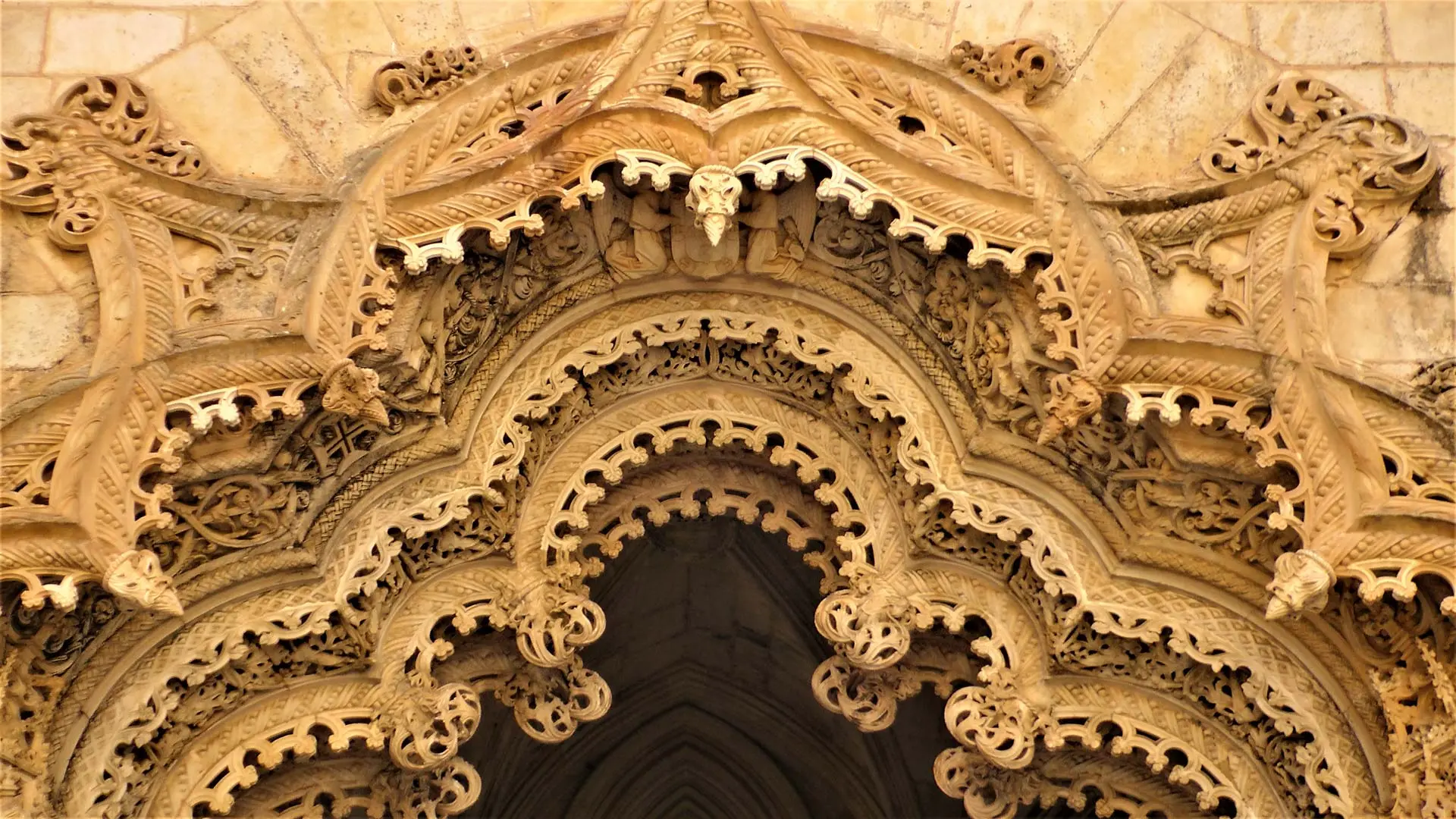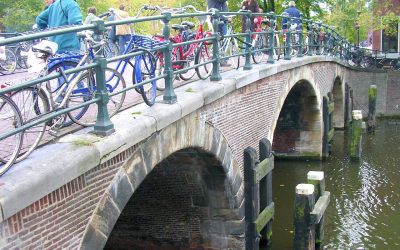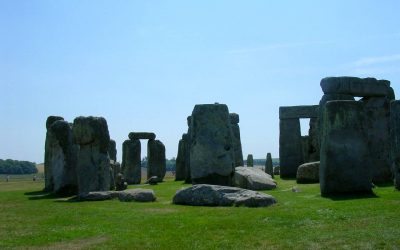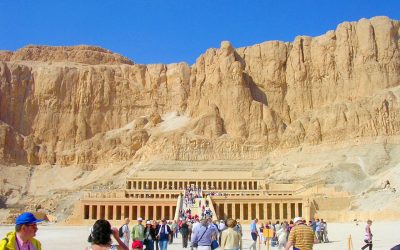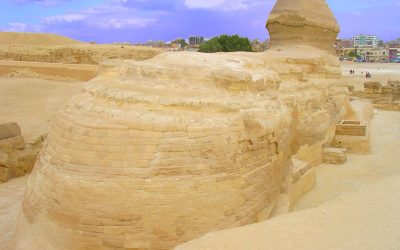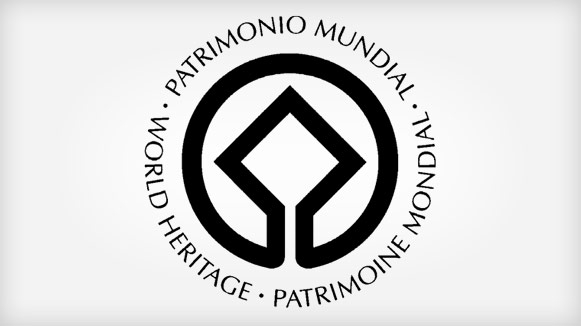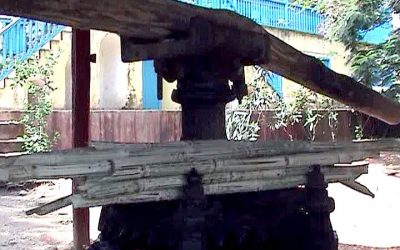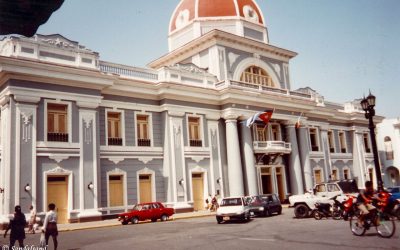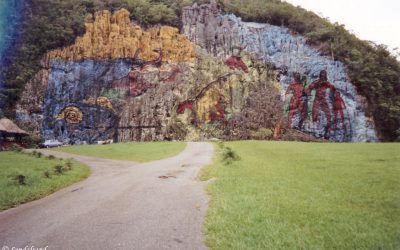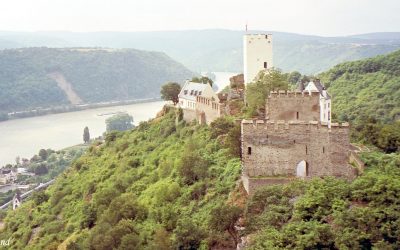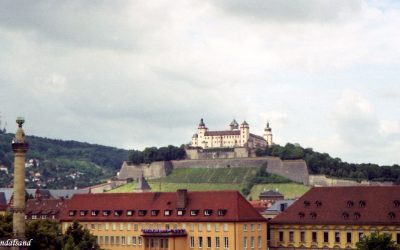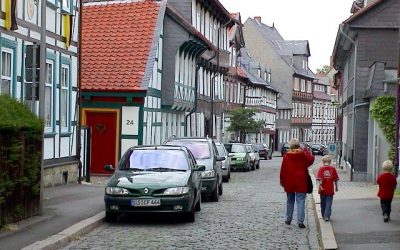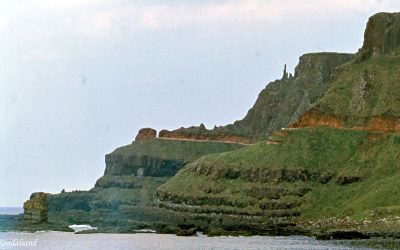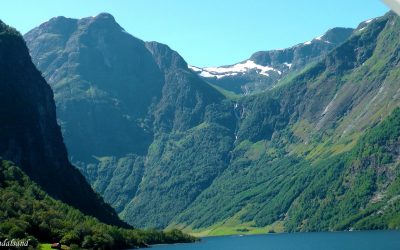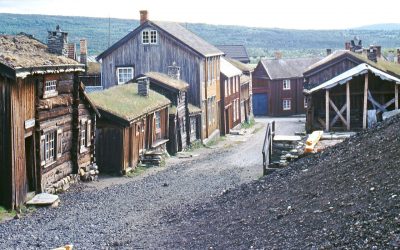World Heritage Sites
The UNESCO World Heritage List includes more than a thousand properties of outstanding universal value. They are all part of the world’s cultural and natural heritage.
UNESCO’s World Heritage Centre is responsible for the World Heritage List. The first inscription was in 1978. Since then UNESCO has developed the criteria and added an average of 20-30 sites each year.
It includes 1,223 sites in 168 “States Parties” (countries). A site is categorised as cultural heritage (952 sites), natural (231) or a mix of the two (40 sites).
On this page you will get to learn more about the heritage sites and where they are. Moreover, Sandalsand’s large collection comes on display. The reader will get a four-way path into this collection. First, on a map. Second, in a table. Third, in a video.
Fourth and last, but not least, there are links to articles on Sandalsand which describe each visited site.
The featured illustration with intricate carvings, is a detail from the Monastery of Batalha, Portugal.
About
Thoughts
Regions
Videos
Map
Table
Posts
About the World Heritage Sites
Properties on the World Heritage List must (a) be of outstanding universal value and (b) meet at least one of the ten selection criteria. UNESCO writes that until the end of 2004, World Heritage sites were selected on the basis of six cultural and four natural criteria. With the adoption of the revised Operational Guidelines for the Implementation of the World Heritage Convention, only one set of ten criteria exists. All ten criteria are listed below, however Sandalsand has added two headlines (culture and nature) because the set of criteria still relates to two sets.
Culture
(i) to represent a masterpiece of human creative genius;
(ii) to exhibit an important interchange of human values, over a span of time or within a cultural area of the world, on developments in architecture or technology, monumental arts, town-planning or landscape design;
(iii) to bear a unique or at least exceptional testimony to a cultural tradition or to a civilization which is living or which has disappeared;
(iv) to be an outstanding example of a type of building, architectural or technological ensemble or landscape which illustrates (a) significant stage(s) in human history;
(v) to be an outstanding example of a traditional human settlement, land-use, or sea-use which is representative of a culture (or cultures), or human interaction with the environment especially when it has become vulnerable under the impact of irreversible change;
(vi) to be directly or tangibly associated with events or living traditions, with ideas, or with beliefs, with artistic and literary works of outstanding universal significance. (The Committee considers that this criterion should preferably be used in conjunction with other criteria);
Nature
(vii) to contain superlative natural phenomena or areas of exceptional natural beauty and aesthetic importance;
(viii) to be outstanding examples representing major stages of earth’s history, including the record of life, significant on-going geological processes in the development of landforms, or significant geomorphic or physiographic features;
(ix) to be outstanding examples representing significant on-going ecological and biological processes in the evolution and development of terrestrial, fresh water, coastal and marine ecosystems and communities of plants and animals;
(x) to contain the most important and significant natural habitats for in-situ conservation of biological diversity, including those containing threatened species of outstanding universal value from the point of view of science or conservation.
Some thoughts
An inscription on the World Heritage List is generally regarded as an honorary tribute. It will also boost both commercial and preservation activities in or at the site.
Step one is to raise an awareness worldwide to the importance of preserving these sites for future generations. The next step is to do something about it, in other words to set up a conservation plan for the site. The final step is to live by it. These are very demanding tasks for all parties, and there are undoubtedly both economic and culture factors at play here.

UNESCO’s sign is found on many World Heritage Sites. The one pictured here is from Bryggen, in Bergen, Norway.
Some sites have been removed from the list. There have also been controversies between the WHC and a country relating to the future development of the site (like a particular bridge in Germany). Other removals have been obvious because the criteria are no longer met (such as the extinction of a particular bird in Oman).
With these cases in mind, one should note that the WHC operates a list of 56 properties in danger (2024).
Relative distribution of sites
When we look at the full site map, we immediately notice the prevalence of sites in Europe and North America (in reality Europe mostly). Nonetheless, almost the entire world is covered. That is actually no little achievement for the world community.
The following illustrations follow the WHC categorisation of world regions and show the relative distribution of sites.
%
Arab States
%
Africa
%
Latin America and the Caribbean
%
Asia and the Pacific
%
Europe and North America
Sites on a map
Drag and zoom on the map below to find sites visited by Sandalsand in more detail. Click on a marker to reveal the name and open the article about it. You will find the same links further down this page. Find all WHC sites on another Sandalsand map.
I have had my doubts what to do with Liverpool. It was once a World Heritage Site, but was delisted by UNESCO following a controversy with the city authorities. It is my hope it will be re-enlisted some time in the near future, so I have kept the article. However, I removed it from this map as well as from the table below.
Sites in a table
Here are the same sites in a table but with less information compared to the map markers above. Show more rows at a time, sort the table as you like, or search for a specific term. Click on a link to open that particular post.
Sites in 67 countries
It could be that “heritage tourism” is spreading along with the eco-tourism trend. Sandalsand has only in later years become conscious of it.
It was never my idea to become a collector of heritage sites, but I have nonetheless been to a large number. In recent years I have become more intent to visit a “world heritage” when I travel. I suppose that may be one of the purposes of such an official list in the first place.
In any case, I am not satisfied that I visited the pleasant town of Weimar in Germany without exploring the examples of Bauhaus architecture. Likewise, I went to the town of Pécs in Hungary without a look at the Early Christian Necropolis. (To my possible excuse: Neither of them was on the List at the time of my visit.)
Sandalsand’s list is a representative summary of UNESCO’s. It covers the world, and the majority are in Europe. Also, it features sites in both (all) categories: 192 cultural, 13 natural, and 5 combined sites.
Read about each site in separate articles. They include:
- The official and my personal descriptions of the site
- A link to the official UNESCO web page
- My photographs or video
- A link to the article(s) describing the context of my visit(s)
The articles offer short introductions to fabulous destinations around the world. Enjoy!
Here they are, the World Heritage Sites visited by Sandalsand. In my view, they are all lovely destinations.
World Heritage #0946 – Mostar
The bridge in the Muslim part of Mostar became a World Heritage after its destruction in the civil war. It is now a major attraction. The...
World Heritage #1349 – Amsterdam
Amsterdam has a very unique urban layout, due to its location in the lowlands. But there is a lot more to Amsterdam too. The UNESCO World...
World Heritage #0430 – Frontiers of the Roman Empire
Here is another Roman legacy, the Frontiers of the Roman Empire. They used to build walls to safeguard their empire. None of them helped at the end...
World Heritage #0428 – City of Bath
The Romans were in Bath too, bathing. Like they did elsewhere in Europe. Few other cities have received their names though because of their thermal...
World Heritage #0373 – Stonehenge
The huge rocks placed on top of each other at Stonehenge seem to be an everlasting testimony to what lengths humans are willing to go in expressing...
World Heritage #0087 – Ancient Thebes
Have you ever wished to visit the tomb of Tutankhamun? You can do that here at the ancient Thebes with its Necropolis, outside Luxor. The UNESCO...
World Heritage #0086 – The Pyramids
Every person on earth have heard of, and seen a picture of the Pyramids and the Sphinx. They have been around for thousands of years. The...
World Heritage #0089 – Historic Cairo
Cairo is truly historic. The capital of Egypt has for millennia been at the centre of world history, and there is much to discover here. The UNESCO...
World Heritage #0601 – Reims
There are many Gothic churches in Europe on the Heritage List. The one in Reims in northern France is a special one. The UNESCO World Heritage List...
World Heritage #0059 – Bryggen
Bryggen is in the middle of Norway's second largest city, Bergen. The wooden buildings and alleys will take you back a few hundred years. The UNESCO...
World Heritage #1270 – Camagüey
Located right in the middle of Cuba the town of Camagüey was central in the Spanish development of the island. And they left their traces. The...
World Heritage #0460 – Trinidad
The world heritage site of Trinidad and the Valley de los Ingenios, is about Cuba's foundation: Sugar, slavery and Spanish power. The sugar cane...
World Heritage #1202 – Cienfuegos
A role model in Latin American city planning, this Cuban town of Cienfuegos offers a number of beautiful buildings and palaces. The UNESCO...
World Heritage #0840 – Viñales Valley
The Viñales Valley could have been a natural site on the List as well, but it is here because of its importance to Cuba's agricultural industry. The...
World Heritage #0204 – Old Havana
The decaying buildings of Old Havana adds much to the fascination of it. On the other hand it cannot develop too far in that direction. The...
World Heritage #1066 – Rhine Valley
In the upper Middle Rhine valley there are vineyards. There are also castles on the banks and hills surrounding this mighty river. There has been...
World Heritage #0267 – Old City of Berne
Visit the living bears and step back in time for a walk through the Old City of Berne, the Swiss capital. The UNESCO World Heritage List includes...
World Heritage #0271 – Church of Wies
What does a Rococo church look like? Come to the church of Wies and enjoy this strikingly beautiful church. The UNESCO World Heritage List includes...
World Heritage #0169 – Würzburg
There are a few palaces on the World Heritage List, and Würzburg in central Germany is not the least impressive. The UNESCO World Heritage List...
World Heritage #0623 – Goslar
Mining innovation and the pretty town of Goslar. These are the key words about this heritage site in the middle of Germany. The UNESCO World...
World Heritage #0369 – Giant’s Causeway
There are many strange rock formations around the world. The ones at Giant's Causeway are astonishingly beautiful as well, situated on a rough...
World Heritage #0934 – Madeira
The island of Madeira in the Atlantic Ocean is green, humid and lovely. The forest is unique and so is the wine. The UNESCO World Heritage List...
World Heritage #1195 – West Norwegian Fjords
The West Norwegian Fjords are on the World Heritage List. Norway is famous for its fjords, and there are many of them along the western coast. Two...
World Heritage #0055 – Røros Mining Town
The Røros Mining Town and the Circumference is located high in the mountain plateaus of central Norway. This town boasts a very authentic atmosphere...
It is not down in any map; true places never are. (Herman Melville)

